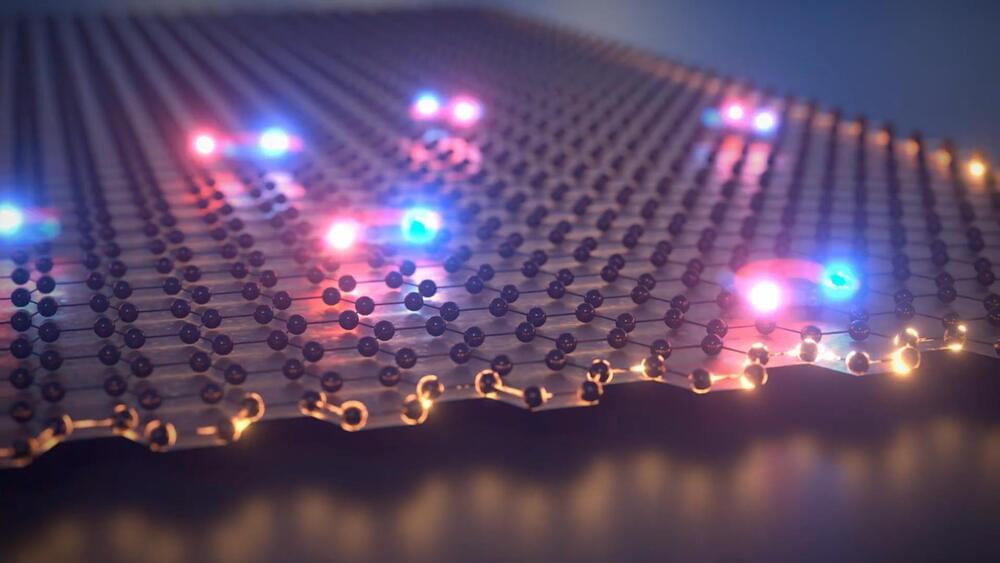Jan 12, 2023
The Quantum Zeno Effect: From Motionless Arrows to Entangled Freezers
Posted by Jose Ruben Rodriguez Fuentes in categories: computing, quantum physics
Long before we had quantum computers, classical computers, or even calculus, an ancient Greek philosopher known as Zeno of Elea used thought experiments to probe apparent paradoxes. Zeno imagined an arrow flying through the air. At each instant of time, he reasoned, the arrow is stationary. If the arrow’s trajectory is entirely composed of stationary instants, how can the arrow ever move through space? Motion is impossible!
Zeno’s ancient arrow paradox has since evolved into a quantum thought experiment, “the quantum Zeno effect,” whereby we can freeze the state of quantum systems by continuously observing them. In the latest installment of our Quantum Paradoxes content series, I explain the quantum Zeno effect, and show how we can test it out using Qiskit on quantum computers. Read on to find out how this counterintuitive quantum freezing works, and how to create your own quantum freezer game — which even works with entangled qubits! All the code you need is in this Jupyter Notebook, and you’ll also find a detailed explanation in our latest Quantum Paradoxes video.
Continue reading “The Quantum Zeno Effect: From Motionless Arrows to Entangled Freezers” »

















